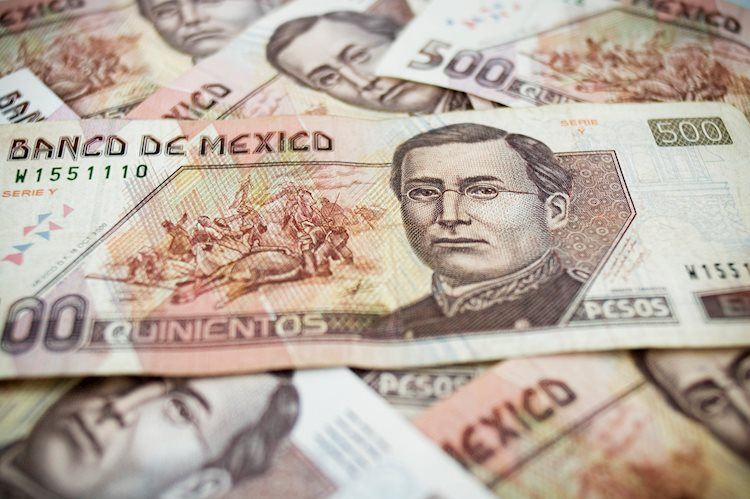The Mexican Peso experienced a slight recovery, breaking its three-day losing streak against the US Dollar due to improved risk appetite and softer US data. Mexico’s National Statistics Agency (INEGI) reported a wider-than-expected trade deficit in April, slower economic growth, and mixed inflation numbers. The Bank of Mexico’s minutes showed a division on rate cuts amid ongoing inflation concerns, emphasizing their commitment to price stability. On the other hand, US Durable Goods Orders surpassed expectations, but March figures were revised downward significantly, leading to a slightly pessimistic consumer sentiment, according to the University of Michigan Survey.
Mexico’s trade deficit in April exceeded forecasts, while the country’s economic growth slowed in Q1 of 2024. Inflation figures for the Mid-month showed a rise in headline inflation but lower core inflation. A poll by Citibanamex indicated that most economists expect Banxico to cut rates in June, while US Durable Goods Orders for April performed better than anticipated. The UoM Consumer Sentiment Index for May was below April but higher than expected, with inflation expectations also changing slightly.
The technical analysis of the USD/MXN pair shows a downtrend as buyers failed to breach key resistance levels. The pair retreated below the 16.70 mark, with momentum favoring sellers. The path of least resistance is downward, with key support levels at 16.62 and 16.52. If buyers manage to reclaim 16.70, they will face resistance levels at 16.76, 16.89, and 17.00.
The Mexican Peso’s value is influenced by various factors, including the country’s economic performance, central bank policy, foreign investment levels, remittances, and geopolitical trends like nearshoring and oil prices. Banxico’s main objective is to maintain low and stable inflation rates, typically achieved through adjusting interest rates. Strong macroeconomic data and a robust economy tend to strengthen the MXN, while market sentiment plays a role in its performance as an emerging-market currency.
In conclusion, the Mexican Peso’s recent movements against the US Dollar have been influenced by a combination of domestic economic data, central bank policy, and external factors like US Durable Goods Orders. As the global economic landscape continues to evolve, investors will closely monitor indicators to gauge the MXN’s performance in the foreign exchange markets.











